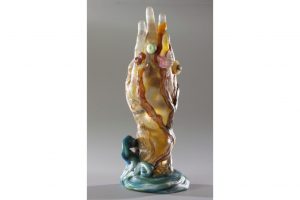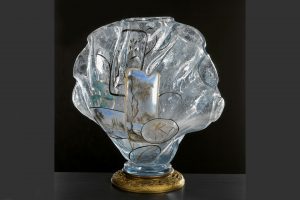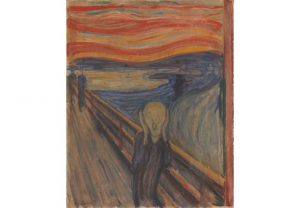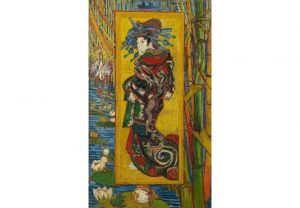Vermeer’s Interiors
The Rijksmuseum
Browsing Public Domain Artwork of World Museums
No.002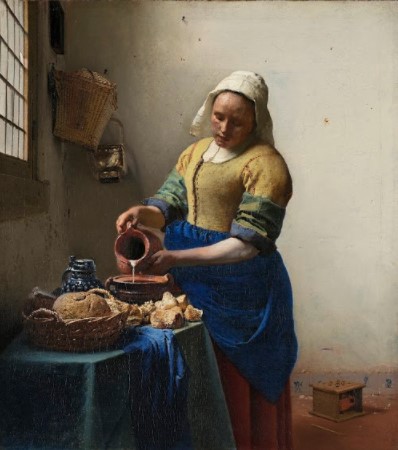
This is a series of articles presenting art museums around the world that offer free online access to public domain works (intellectual property not protected by copyright) in their collections. The second article explores the Rijksmuseum and its rich collection composed mainly of Dutch artworks, which spans the period from the Middle Ages through present day. Of special significance, even in such a diverse and expansive collection, are the works of Johannes Vermeer (1632-1675). In this article, art historian and long-time student of Vermeer’s art Yoriko Kobayashi explains several of his paintings of women depicted in domestic interiors.

The Milkmaid is one of Vermeer’s early paintings, which depicts a maidservant pouring milk. The observer is instantly mesmerized by the simple unadorned appearance and rough hands of the woman. Next, the gaze lingers over the window frame above and slightly to the side of the maidservant, and then travels from her arms to the jug, the white milk, and the bread on the table. There is nothing to distract in this painting, which fascinates with its extraordinary power to focus the attention. It transforms a mundane daily task into a special moment. This is a perfect example of the understated elegance of Vermeer’s technique as an artist.
Johannes Vermeer, Woman Reading a Letter, C. 1663
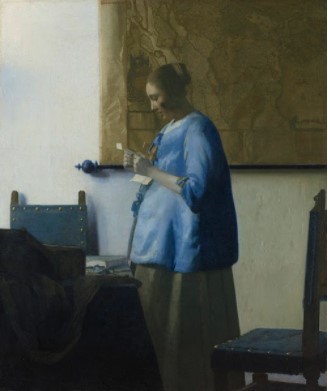
Several years after painting The Milkmaid, just as he was beginning to gain recognition as an artist in his home country, Vermeer embarked on creating Woman Reading a Letter. In terms of composition, this painting is similar to The Milkmaid: a woman is standing by herself against a bare white wall, completely absorbed in what she is doing. The color palette, however, is much more modest and subtle. The artist uses only blue, ochre, and white to depict the interior. The image of the woman, so caught up in the contents of the letter that she seems oblivious to everything else, against the backdrop of a tranquil and simple setting, is sure to take the observer’s breath away.
Johannes Vermeer, The Love Letter, C. 1669-1670
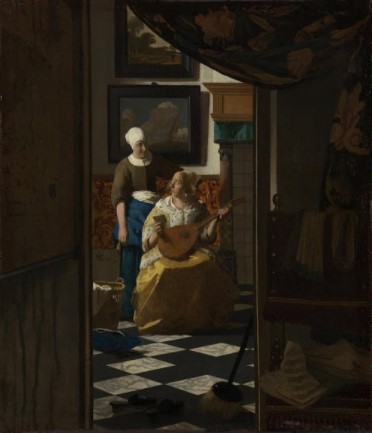
Society’s taste in art changes with time, and to keep up with it, artists, too, undergo transformations in their style. That was the destiny of 17th century Dutch painters who catered to the taste of bourgeois society. The letter appears again as a motif in The Love Letter, which was created around 1670, but here it performs the role of a playful tool. By painting an opulently adorned room, Vermeer clearly gives priority to a more pleasurable taste over the simplicity and tranquility of his earlier works. This change seems indicative of the shift in tastes of the art market in that era.
Japanese original text: Yoriko Kobayashi (art historian)
The Rijksmuseum
As a national institution and the largest art museum in the Netherlands, the Rijksmuseum is best known for its extensive collection of Dutch art, which includes the famous painting by Rembrandt van Rijn The Night Watch. Spanning the period from the Middle Ages through present day, the collection is organized historically in 80 exhibition halls.
*The public domain works presented by the Rijksmuseum can be accessed from the official website of the museum.
https://www.rijksmuseum.nl/en
https://www.rijksmuseum.nl/en/rijksstudio
Address: Museumstraat 1, 1071 XX Amsterdam, The Netherlands
Open: 9 a.m. - 5 p.m.
Admission fee: Adults €20 (€19 if purchased online)
Free admission for children aged 18 and under


